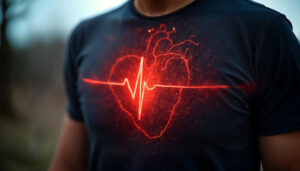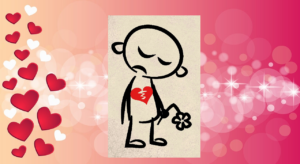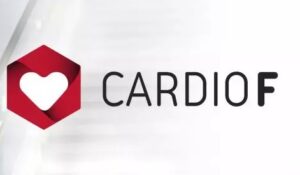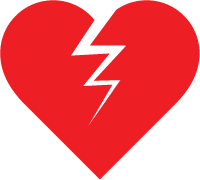
Anticoagulants are primarily used in individuals who have already developed a clot in major bloodBlood is composed of red blood cells, white blood cells, platelets, and plasma. Red blood cells are responsible for transporting oxygen and carbon dioxide. White blood cells make up our immune defense system. Platelets contribute to blood vessels (deep vein thrombosis, pulmonary embolism) or who suffer from certain arrhythmias, such as atrial fibrillation or atrial flutter. Their primary goal is to reduce the risk of stroke caused by the formation and detachment of a clot in the left atrium.
A) Warfarin [Coumadin™]
B) DOACs (Direct Oral Anticoagulants); Rivaroxaban [Xarelto™], Apixaban [Eliquis™], Dabigatran [Pradaxa™], Edoxaban [Lixiana™]
Anticoagulants are medications that prevent bloodBlood is composed of red blood cells, white blood cells, platelets, and plasma. Red blood cells are responsible for transporting oxygen and carbon dioxide. White blood cells make up our immune defense system. Platelets contribute to blood clot formation by blocking the production of certain essential coagulation molecules produced by the liver.
They act very differently from antiplatelet agents, which affect bloodBlood is composed of red blood cells, white blood cells, platelets, and plasma. Red blood cells are responsible for transporting oxygen and carbon dioxide. White blood cells make up our immune defense system. Platelets contribute to blood plateletsPlatelets, also known as thrombocytes, are small cell fragments produced by the bone marrow. They play a crucial role in blood clotting by forming aggregates and clots to stop bleeding when blood vessels are damaged. >> rather than the coagulation cascade.
Preventive Therapy
Anticoagulants are primarily used in individuals who have already developed a clot in major blood vessels (deep vein thrombosis, pulmonary embolism) or who suffer from certain arrhythmias, such as atrial fibrillation or atrial flutter. Their primary goal is to reduce the risk of stroke caused by the formation and detachment of a clot in the left atrium.
In the context of stroke prevention, it is important to note that for patients with a mechanical heart valve, only warfarin (Coumadin™) has been proven effective to date.
The protective effects of anticoagulants are often invisible to the patient, which may lead to the impression that the medication is unnecessary.
However, their side effects can be more noticeable, such as frequent bruising (ecchymosis) or nosebleeds, which are among the most common inconveniences.

A patient should NEVER stop their anticoagulant treatment without consulting a healthcare professional who fully understands why the medication was prescribed.
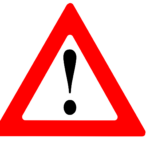
Specific Considerations
Depending on the prescribed molecule, anticoagulants are taken once or twice daily. It is essential to always follow your doctor’s and pharmacist’s recommendations.
- Warfarin (Coumadin™) and Diet
Warfarin interacts with certain foods. To avoid any interference with its effectiveness, consult your doctor or pharmacist for dietary guidance.
- Administration for NOACs (Novel Oral Anticoagulants):
Rivaroxaban (Xarelto™): Must be taken with food to ensure its full effectiveness.
Dabigatran (Pradaxa™) and Apixaban (Eliquis™): Can be taken with or without food, though taking them with meals is recommended to protect your stomach.

⚠️ NOACs are contraindicated in patients with severe renal impairment.
Recommendations
✔️ It is strongly recommended to wear a Medic-Alert bracelet indicating that you are taking an anticoagulant.
✔️ Never let your treatment be interrupted: Make sure to renew your prescription before running out of pills.
⚠️ Even one missed dose can compromise your protection and significantly increase the risk of serious complications.

